Where are they now? Corporate Activity in the Global Cleantech 100 Companies
by: Cleantech research, 2012-07-20 20:52:24 UTC
In our 2011 Global Cleantech 100 report, we reported on the corporations with the most engagements (partnerships or investments) with Global Cleantech 100 companies on the 2011 list. It’s clear that there is a mutually beneficial relationship between corporation and startups: Corporations need start-ups to source innovation; start-ups need corporations to scale innovation. Quarter by quarter, year by year and from one event to the next, we see these relationships unfold through direct investments, research and development partnerships, and even mergers & acquisitions. The question now is which corporations are leading the way? Have more Global 100 companies benefited from corporate investments and partnerships?
In 2011, the top five most active corporations engaged with 50 of the Global Cleantech 100 companies. GE led the way with 22 investments. Siemens, Google, IBM and PG&E rounded out the top five.
The top 20 corporations from our 2011 Global Cleantech 100 Report

2011 marked a record year for Cleantech mergers & acquisitions with $41.6 billion involved across 395 transactions, an increase of 155% from 2010. However, we’ve seen the M&A trend slow down a little in 2012 (especially with venture-backed European Cleantech companies). In the 2Q 2012 Cleantech Investment Monitor Briefing, we …
Anti-LEED Plastics, Efficient Refrigerator, Better Energy Star, + Livable Small Spaces
by: Jetson Green, 2012-07-22 05:53:23 UTC

NOTE – I’m a little behind last week from a flu bug that knocked me out but will be on track this week. Meanwhile, subscribe to our weekly newsletter for updates, article summaries, newsworthy links, and other site news.
Related Articles on JetsonGreen.com:
- How LEED Delay Impacts LEED for Homes
- Small, Modern, Efficient: Ogden House
- Customize Your Energy Efficient Home


 Tasse by Patrick Norguet
Tasse by Patrick Norguet
by: Dezeen, 2012-07-23 07:15:44 UTC
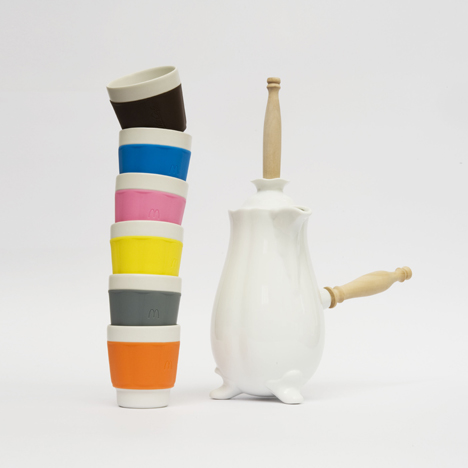
French designer Patrick Norguet has designed a reusable cup for McDonald’s that makes scalding hot coffee easier to hold. (more…)


 Apple Ditches Green Certification, Then Rejoins
Apple Ditches Green Certification, Then Rejoins
by: Eco Geek Latest, 2012-07-15 14:51:26 UTC

A couple weeks ago, Apple announced that it would no longer have its laptops certified under EPEAT (Electronic Product Environmental Asessment Tool), a voluntary industry standard that has been used to advance recyclability and reduce the use of toxic materials in electronic devices. But now, after enormous outcry against Apple's decision, the company has realized its mistake. On Friday, the company announced "all eligible Apple products are back on EPEAT."
EPEAT was developed in the early 2000s with a consortium of representatives from manufacturers, trade associations, government agencies, and other groups seeking to promote a more environmentally conscious lifecycle for electronic products. Apple was part of the EPEAT Development and Implementation Team, and 40 of its desktops, notebooks and displays have received EPEAT Gold certification.
Speculation has been that withdrawing from EPEAT was because the company's new latops were using glue instead of screws (which would prevent easy disassembly for repair or recycling) to attach batteries inside the case. The reversal may also be due to the requirement that 95% of federal electronics purchases be EPEAT certified.
 World’s Fastest Electric Airplane Breaks 200 MPH Record!
World’s Fastest Electric Airplane Breaks 200 MPH Record!
by: Inhabitat , 2012-07-20 20:28:49 UTC

Chip Yates, who’s known for setting speed records with electric motorcycles, has just set a new world record in his Long-ESA electric airplane. Yates now holds the world record for being the first person to fly an electric airplane over 200 mph. Yates’ record-setting flight grabbed the world record at 202.6 mph at the Inyokern Airport in California’s Mojave Desert, beating the previous record of 175 mph set by the electric Cri-Cri.





Read the rest of World’s Fastest Electric Airplane Breaks 200 MPH Record!
Permalink |
Add to
del.icio.us |
digg
Post tags: airplane, battery, Chip Yates, electric airplane, Flight of the Century, green transportation, Long-ESA airplane, Long-EZ airplane
yael zwickel: hollows rotation molded furniture
by: Designboom - Weblog, 2012-07-18 13:39:00 UTC
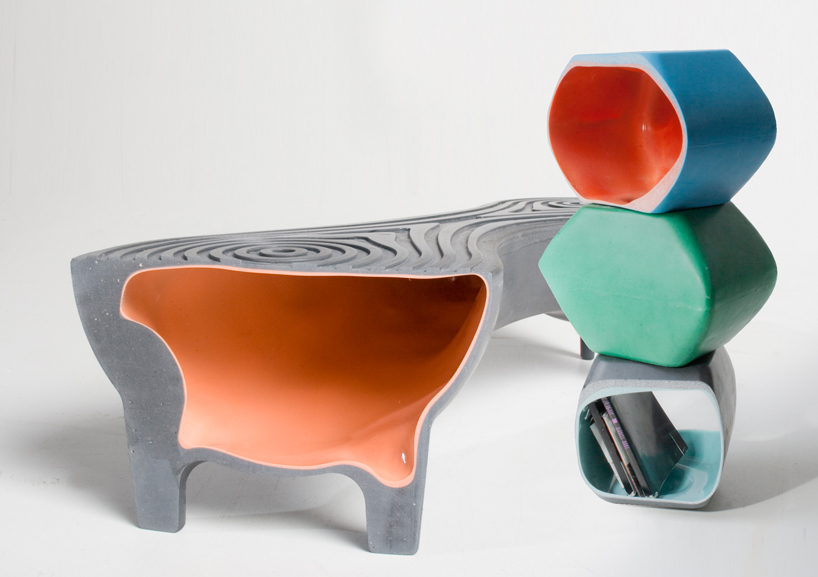
a unique way of expressing an intervention through using rotation molding technology for furniture production.
read more
grohe red - boiling hot water faucet
by: Designboom - Weblog, 2012-07-21 19:00:00 UTC
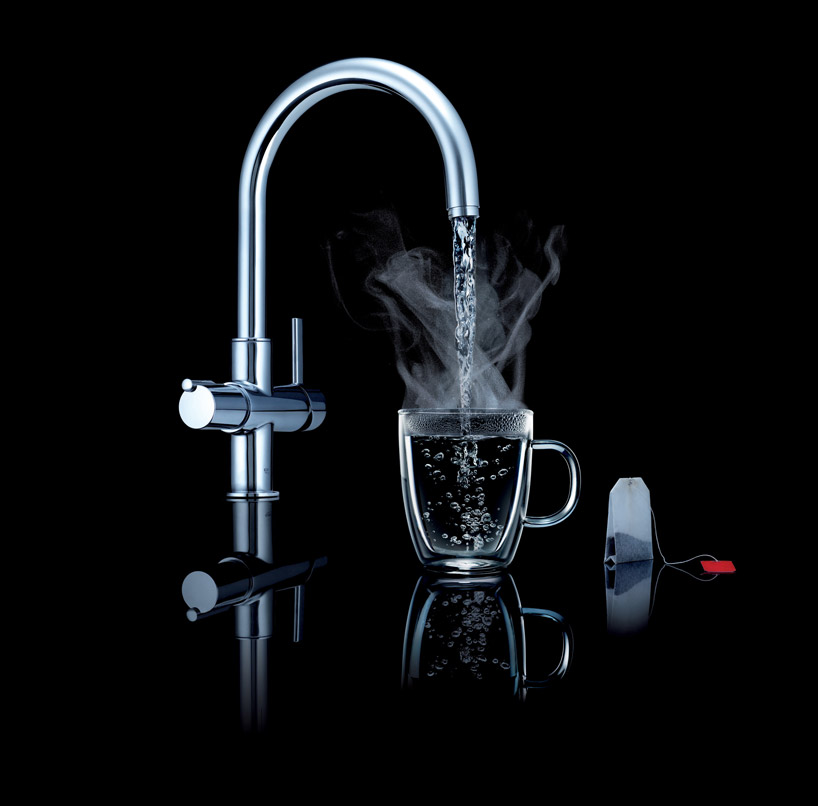
the faucet draws boiling filtered water at 99 degree celsius directly from the tap, eliminating the need to use a kettle.
read more
Tangible Textural Interface, a shape changing stereo crafted using flexible fabric
by: The Design blog, 2012-07-12 04:41:33 UTC
Jaspreet Kaur Walia:
Sound systems have gone through a variety of changes over the years and each change has been accepted with open arms all across the globe. Taking it a step further is designer Jo Eunhee, who has come with a sound system that will give an all new meaning to touch surfaces.

Tangible Textural Interface
Touch screens have won many hearts and happen to attract people because of its easy usage. But besides all the advantages, these touch screens have a hard surface and lack the desired softness. Keeping this in mind, the designer has developed the Tangible Textural Interface or TTI, which feels like a fabric when touched. The all new sound system boasts of an interactive, tactile surface that will change the whole experience of listening to music.
Tangible Textural Interface, as is suggestive from the name, has a textile interface that solves three main purposes. It works as an equalizer, controls volume and has backward and forward controls. The hands of a user will sink inside the fabric when interacting with the device when changing the volume or track, which is quite striking. The design comprises of sensors as well as memory shape alloys, which allows such an interaction.
Tangible Textural Interface is nothing like any other regular sound system we get to see in the market. The product is quite playful and its reshaping properties are bound to leave people wheezing. So, next time when you feel like changing the volume or track all you have to do is push your finger in the fabric and see magic unfurl.
Via: Fastcodesign


 Computer-controlled sun-screen systems - big hit for natural cooling in desert buildings
Computer-controlled sun-screen systems - big hit for natural cooling in desert buildings
by: The Design blog, 2012-07-16 01:35:55 UTC
Debanjan Singha:
Solar cells and other sustainable sources of energies are widely used as efficient cooling and heating systems in buildings across the world, but two new 25-storied buildings in Abu-Dhabi have come up with a unique innovation to help manage building temperatures effectively. The automated sun-screen systems were designed by globally acclaimed architectural powerhouse Aedas. These sun-screen systems are positioned on the periphery of the buildings and are opened and closed depending on the intensity of the sun’s heat.

Sun-Screen Systems
The sun-screen systems at Al-Bahar buildings have striking similarity to oversized screens comprising origami triangles. The sun-screens are positioned at a distance of two meters from the buildings’ periphery on a frame that is similar to a “mashrabiya,” the Arab equivalent of shade-producing nets that are a common place in Middle Eastern architecture. The mashrabiya like frame and the triangles cover the majority of the building’s outer facade barring the apex of the towers. The umbrella-shaped triangles have fiber glass coating upon them and are digitally programmed to open and close depending on the sun’s glare, to help shade the building’s interior from getting heated. As the sun moves further downwards along its daily trajectory and the intensity of its heat diminishes, the triangles shift away from its path and the devices are shut automatically as dusk approaches.
As a result of the effective functioning of its giant screens, the Abu-Dhabi Investment Council owned Al-Bahar Towers, are expected to drastically lessen their dependence on air conditioners in comparison to their counterparts. Another novel innovation brought about these sun-screen systems includes the discarding of heavily tinted windows and artificial interior lighting and replacing them with inlets for receiving higher levels of natural light inside. Photovoltaic cells, positioned on the south-facing roofs of either tower, continue to generate roughly five percent of the buildings’ total energy requirements. The project which is slated to be completed in the next few months has quite recently won the prestigious award conferred by the Council on tall Buildings and Urban Habitats rewarding sustainability in architectural entrepreneurship across the globe.
Reference Link: http://www.springwise.com/eco_sustainability/computer-controlled-sun-screens-abu-dhabi-towers-cool/


 Seasons by Valentin Loellmann
Seasons by Valentin Loellmann
by: Dezeen, 2012-07-22 09:00:48 UTC
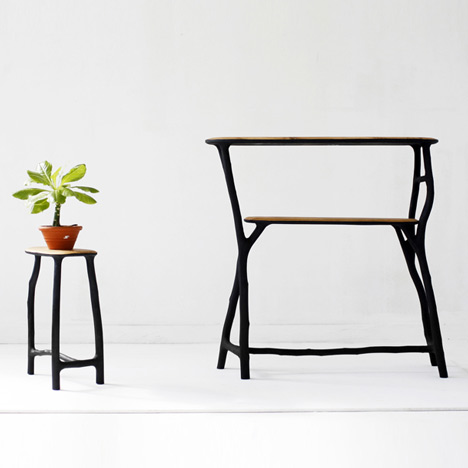
German designer Valentin Loellmann used hazel branches to create the knobbly legs of these benches, tables and stools. (more…)



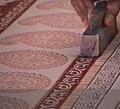
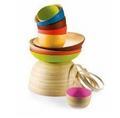
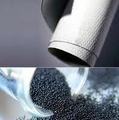

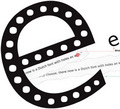
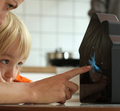


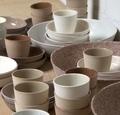

Comments by our Users
Be the first to write a comment for this item.